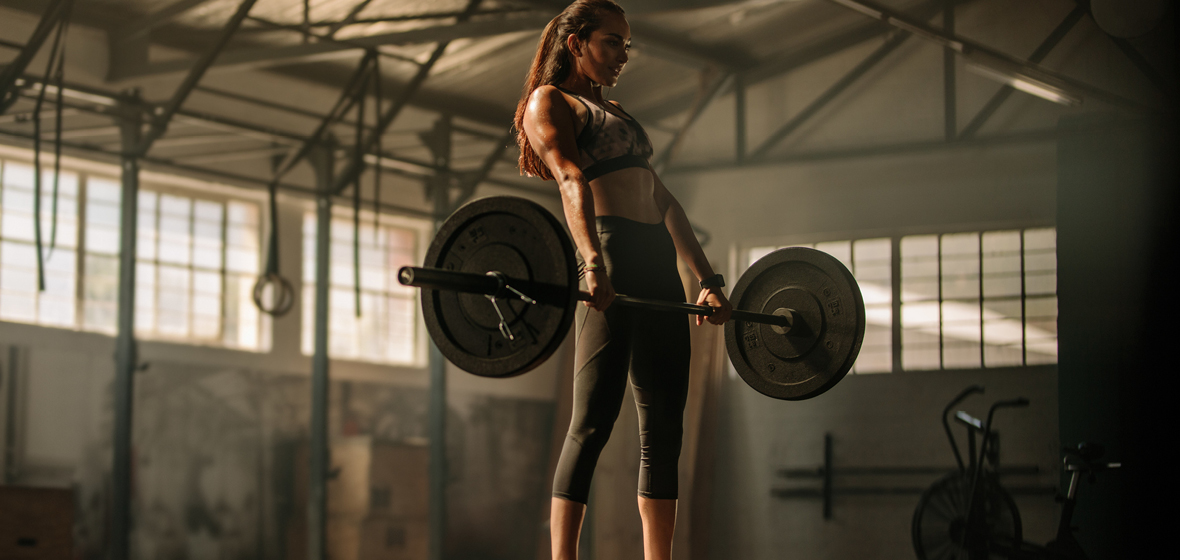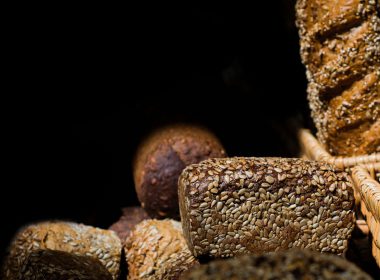Programs like CrossFit and F45 have made the dynamic training moves of powerlifting more mainstream in recent years. We explain why incorporating some of these moves can offer great returns in the gym.
If you’re looking to power up your workout, you should consider chalking up. That is, applying chalk to your palms in preparation for the heavy barbells you will hoist, push and pull when powerlifting.
Powerlifting is a popular sport performed in competitions worldwide, including the likes of CrossFit. It’s a sport of strength that revolves around variations of the “Big Three” heavy lifts – the deadlift, squat, and bench press – all performed in a controlled manner. Sport and athletic coaches have also incorporated the benefits of powerlifting into training programs for decades; with plenty of research pointing to improved speed, coordination, strength and agility for athletes who can perform powerlifts well.
Thanks to programs like CrossFit and F45, powerlifting has become a mainstream addition to many people’s weekly workout routines, and for good reason. These moves are defining exercises that enhance health, strength, and athletic performance.
Get strong
The squat, deadlift, and bench press are massive compound movements that demand input from almost every muscle. The squat and deadlift mainly strengthen your core, back, glutes and legs, while the bench press targets your upper body.
If you incorporate these compound movements into your routine to increase strength, be sure to aim for a moderate to heavy weight that you can handle for four to six reps with good form. Work through the reps at a slower speed, as this places the muscle under tension for an extended period. More time under tension elicits a greater cellular response after your workout, which thickens the muscle fiber to cope and withstand the load next time (known scientifically as “supercompensation”).
Lose the fat
By now, it’s news to exactly nobody that resistance training, like powerlifting, is a really effective way to burn calories and lose fat while retaining muscle mass. Better yet, it also boosts your caloric demand in the long-term after exercise. A 1994 study published in The American Journal of Clinical Nutrition found participants who underwent a 12-week program of resistance training increased their caloric demands to simply maintain their current weight by about 15 percent. Those extra calories need to come from somewhere – and that is when the body starts to break down far stores for energy. In short, the more lean muscle mass you pack on, the more energy your muscle cells need, and fat stores become a prime fuel target.
Build strong bones
Strength training is known to increase bone density and reduce the risk of osteoporosis, particularly as we get older. Studies have shown that training with high intensities that load the skeleton dynamically – in the way powerlifting does – tend to be the most effective at increasing bone density.
A 2012 study by researchers at the University of Wisconsin found that that the back squat (a squat with a loaded barbell held across the shoulders) is the best exercise for increasing bone mass density (BMD) in the hips. It discovered heavier loads had the most significant osteogenic effect. Similarly, bone scans of two female powerlifters aged 48 and 54, taken in a 2012 study by the Health and Human Performance Laboratory in Wheaton College, Illinois, revealed that both women had a significantly higher BMD than average for their gender and age. It is a fascinating insight into the benefits of continuing powerlifting for older women.
Own the court/field/track
Powerlifting dramatically improves athletic performance. Numerous studies have found direct correlations between squat strength and sprint speed, and even squat strength and vertical leap abilities. The muscle coordination required to perform powerlifts is also a crucial training device for athletes that must teach their bodies to move smoothly in sporting situations. If you want to improve your jump, speed, agility or power, try working up to heavy powerlifts.




